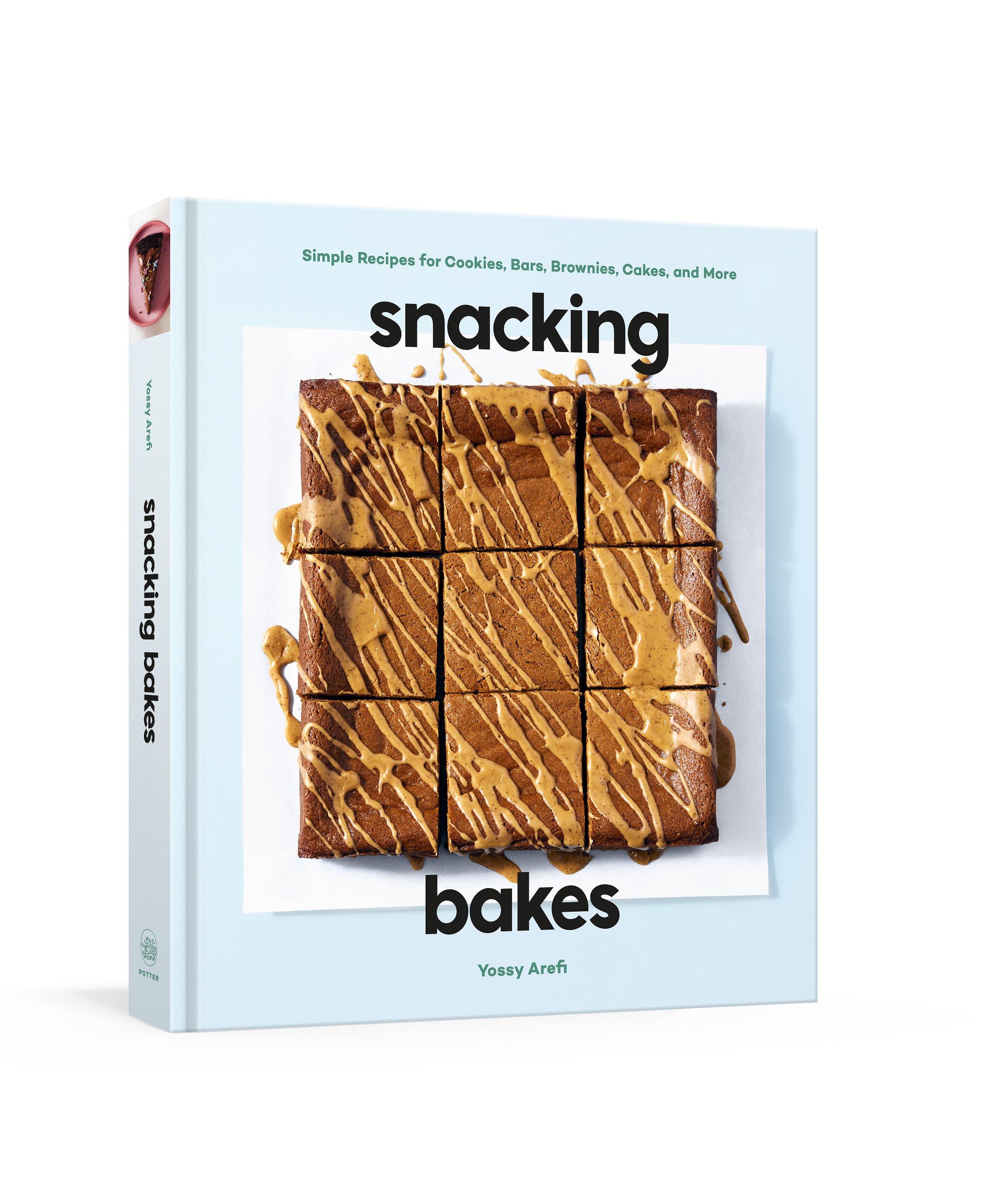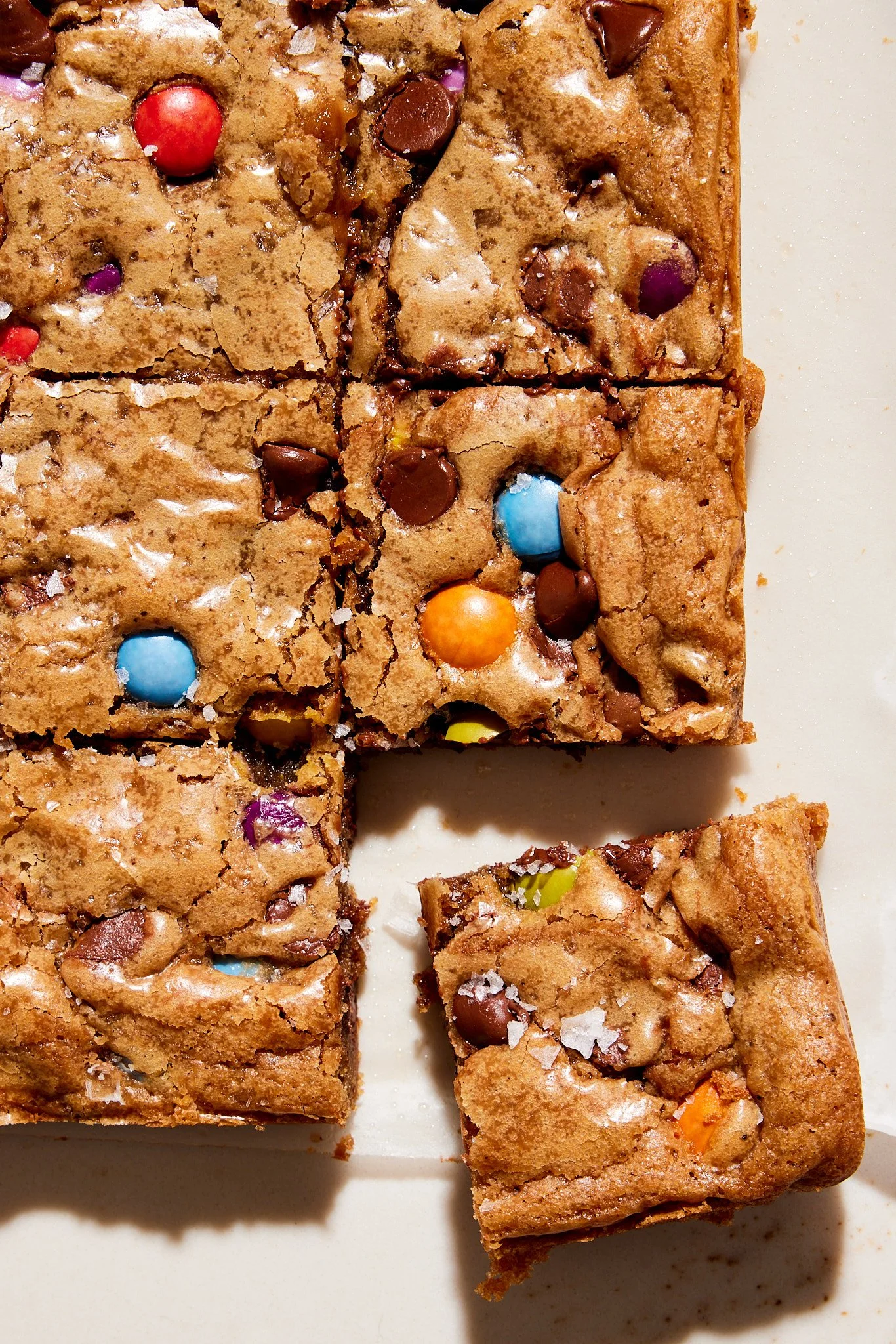Cheese Danish
makes 9 medium or 16 mini Danish
recipe by Samantha Seneviratne for the NY Times
The Danish dough requires quite a bit of hands-off resting time so make sure to factor that in to your plans. I made these a few times, once with labne instead of cream cheese in the filling which worked great. The filling was a bit softer than the cream cheese version, but the extra tang from the labne was a nice bonus flavor. If you've used labne, you'll need to fill the pastries a bit differently to account for the texture of the filling, instructions are within the recipe. Also, the original recipe calls to make the Danishes a bit bigger, but I loved the idea of little two-bite minis so I went for it.
1 8-ounce package cream cheese (or labne)
1 1/4 cups confectioners’ sugar
1 large egg yolk
pinch salt
1/2 teaspoon vanilla extract
1 batch Danish dough (recipe below)
1 large egg, lightly beaten
2 tablespoons milk
In a large bowl, beat the cream cheese, 1/4 cup confectioners’ sugar, egg yolk, salt and vanilla until smooth. Transfer the mixture to a pastry bag or resealable plastic bag; set aside.
On a lightly floured surface, roll the dough out into a 12 1/2-inch square. Trim 1/4 inch off each edge. Cut the dough into nine 4-inch squares, or 12 2-inch squares for mini danish. Brush the corners of each square with a bit of the beaten egg, then fold each corner into the center and press down gently. Transfer the squares to 2 parchment-lined baking sheets.
Pipe the cheese filling onto the center of each dough square. (If you've made the filling with labne, pipe the pastries half full and reserve the rest of the filling in the fridge while they rise.) Loosely cover the pastries with plastic wrap and let stand until slightly puffed, 60-80 minutes. Heat oven to 425ºF.
Remove the plastic and gently brush the top and sides of the dough with the beaten egg. Bake for 10 minutes, then rotate the sheets and reduce oven temperature to 375 degrees. (If using the labne filling, pipe the remaining filling over the top of the half baked filling) Continue to bake until pastries are puffed and deep golden brown, another 6 to 8 minutes.
Meanwhile, whisk together the remaining 1 cup confectioners’ sugar and the milk. Let the Danish cool slightly on the sheet then drizzle with the glaze. Serve warm or at room temperature.
Danish Dough
1 1/2 cups bread flour, plus more for the work surface and the rolling pin
2 tablespoons granulated sugar
2 teaspoons active dry yeast
3/4 teaspoonkosher salt
14 tablespoons cold, unsalted butter (1 3/4 sticks), roughly cubed
1 large egg
1/4 cup cold milk
Combine the flour, granulated sugar, yeast and salt in the bowl of a food processor. Add the butter and pulse to combine. The butter should be the size of small marbles and peas. Transfer this mixture to a medium bowl.
In a small bowl, whisk the egg, milk, and 2 tablespoons water.
Add the egg mixture to the flour mixture. Using a rubber spatula, fold the mixture until it is evenly moistened. Turn the dough out onto a piece of plastic wrap, shape into a small rectangle, and wrap well. Chill for at least 3 hours, and up to 2 days.
On a lightly floured surface, using a floured rolling pin, roll the dough out to an 8-by-15-inch rectangle. With a short side facing you, fold the dough in thirds like a letter, bringing the top third of the dough down, then folding the bottom third up. Use a bench scraper to help lift and fold the dough if necessary. At this point, the dough will be rough and shaggy with visible butter pieces; as you roll and fold the dough it will come together. Rotate the dough 90 degrees. Repeat the rolling and folding process, then rotate the dough once more and roll and fold again. As you work, dust the work surface, your hands and the rolling pin with flour as necessary. Wrap the dough in plastic wrap and refrigerate for at least 1 hour.
Repeat the entire rolling and folding process one more time for a grand total of six turns. If the dough starts to fight you and become difficult to roll at any point, just pop it in the fridge for an extra rest. Wrap the dough and refrigerate for at least 2 hours, or overnight.


























